From world's worst to best - Scotland
- rosemary
- Oct 21, 2023
- 7 min read
"Scotland has undoubtedly gifted us with the weirdest and most wonderful combinations of foodstuffs the world has ever seen."
Rosie Conroy/Square Meal

I am conscious of the fact that probably not many of you are that interested in a brief exploration of the food of Scotland, but I'll do my best to lift this post, at least a little bit, out of the very run of the mill. If we are going to investigate the foods of the world, then Scotland is next on the list.
And you can hardly say that this Scottish invention - the deep-fried Mars bar - is ordinary. Well it's an extraordinary thing made out of the supremely ordinary. It is of course a modern invention - hardly a traditional peasant food. Well maybe you could class it as a modern peasant food but that's a bit rude. And let's face it, maybe this, unlike haggis - which I shall, of course, come to - it's something that all of us might give a try, even if we were ashamed of doing so. According to Rosie Conroy of Square Meal, who wrote an article about it, the taste:
"lies somewhere between a doughnut and a chocolate-packed cookie straight from the oven? The inside melts, creating a pool of chocolate and caramel with the chew of nougat, while the outside maintains the illustrious crunch of batter. Don’t knock it until you’ve tried it, is all we’ll say." Rosie Conroy/Square Meal
It was apparently invented back in 1992 by one John Davis who owned a fish and chip shop called the Haven Chip Bar in Stonehaven. The story goes that a child came in asking for a Mars supper and he obliged. You could almost apply Nigel Slater's words about the haggis:
"the intelligence of a recipe that makes something from nothing." Nigel Slater

And here is another recent Scottish invention, which I'm not sure I could ever be tempted to try - Burnt buns or Well-fired buns or Glasgow rolls as they are alternatively called. They are actually an evolution of Morning rolls - or baps as I knew them in England - those soft white rolls you can buy here and which I have to say are a guilty pleasure of mine. The story goes thus:
"Well-fired rolls were originally placed at the top of ovens by bakers and would turn black as ovens cooled to the temperatures needed to bake other doughy delights. At the time, these rolls were simply set aside and sold more cheaply than other morning rolls, yet as the charred rolls increased in popularity, the burnt pieces were no longer viewed as afterthoughts of morning baking efforts and became intended recipes in their own right." Tasting Table
You can buy them in supermarkets made, in bulk by big companies, and they have also spread to other parts of the British Isles, although with some confusion it has to be said. Many say they are addictive. Go figure. Or:
"Perhaps burnt rolls are the perfect symbol for a nation in love with eating itself to death." Shelagh Young
Which is possibly a bit harsh, because it's 'necessity is the mother of invention' is it not?
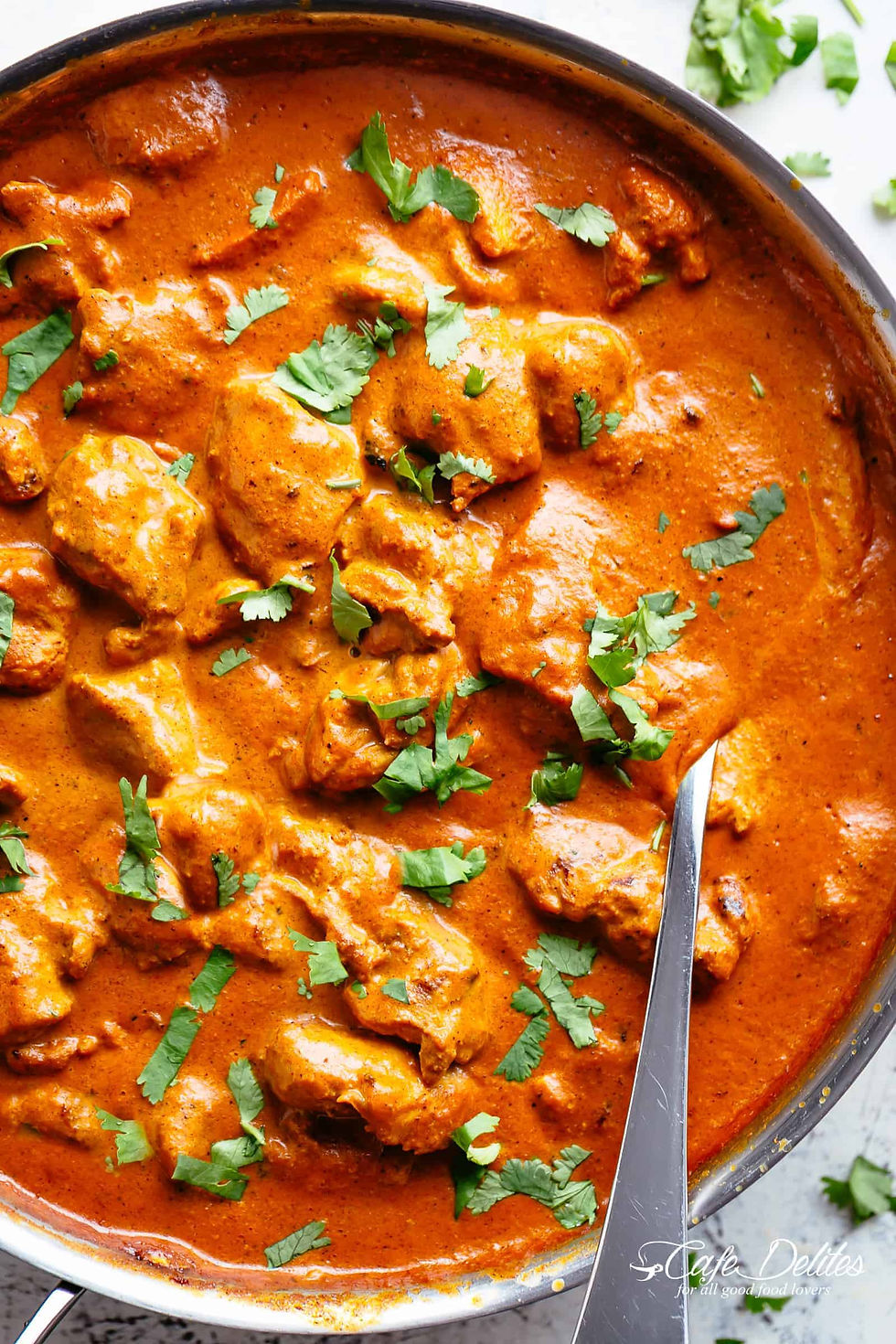
And before we leave modern inventions - what about Chicken tikka masala. It's supposed to have been invented in Glasgow - a bit like the child asking for a Mars bar supper. This was a late-night request for a curried chicken with sauce, so leftover Tandoori chicken was mixed with a tin of tomato sauce. Well I think that's the story anyway.
It has to be said, that even some of the most famous Scottish dishes, some of them now renowned and expensive, are also born of extreme poverty and necessity. The climate - cold and wet mostly - and the land - bogs and mountains, heathland and pine forest are also not conducive to massive agricultural production. Wheat will not grow here - the traditional grain crops are and always have been oats, and barley which today are immensely trendy - and healthy. They are essential ingredients in some famous Scottish dishes - porridge, oatcakes, bannocks, scotch broth - a dish I remember from my childhood. As an aside, Scotch broth is probably not the original name because the Scottish reserve the term Scotch for the the whisky.
I have grown to like the flavour of oats but still cannot come at porridge. In my last year of school I went on a geography field course, on the border of northern Wales, and every morning we were served porridge for breakfast. Which demonstrates that porridge emigrated from Scotland long ago. I hated this and could barely keep it down. Maybe if I made it myself with perhaps a trendy addition of fruit of some kind, and less sickly sugar, I might be able to face it. But, honestly, life is too short. Porridge, however healthy, is not for me.

The Scots graze cattle and sheep. Our long ago camping holiday in Scotland was often hindered by herds of sheep over the roads, round almost every corner in the Highlands it seemed, and terrifying looking long-horned highland cattle in the fields we occasionally traversed. And of course there is game - venison and all those game birds that the aristocrats go out and shoot. And doubtless there are rabbits. Rabbits or their equivalents are everywhere.
The aristocracy are also responsible for the French influence that entered the country - at least in the language, when Mary Queen of Scots, returned from her stay in France with French cooks in tow - or maybe even before her through various Scots/French marriages. From that time the Catholic Highlands maintained strong ties with France, often siding with them against the English.

As far as the food of today is concerned I think the main French influence is in various culinary terms but also in this dish - Stovies - a kind of stew, the name of which has evolved from the French étouffé which literally means stifled or suffocated but in cooking terms means steamed. I'm not sure I'm particularly tempted by this one either. Maybe it's just this particular version.
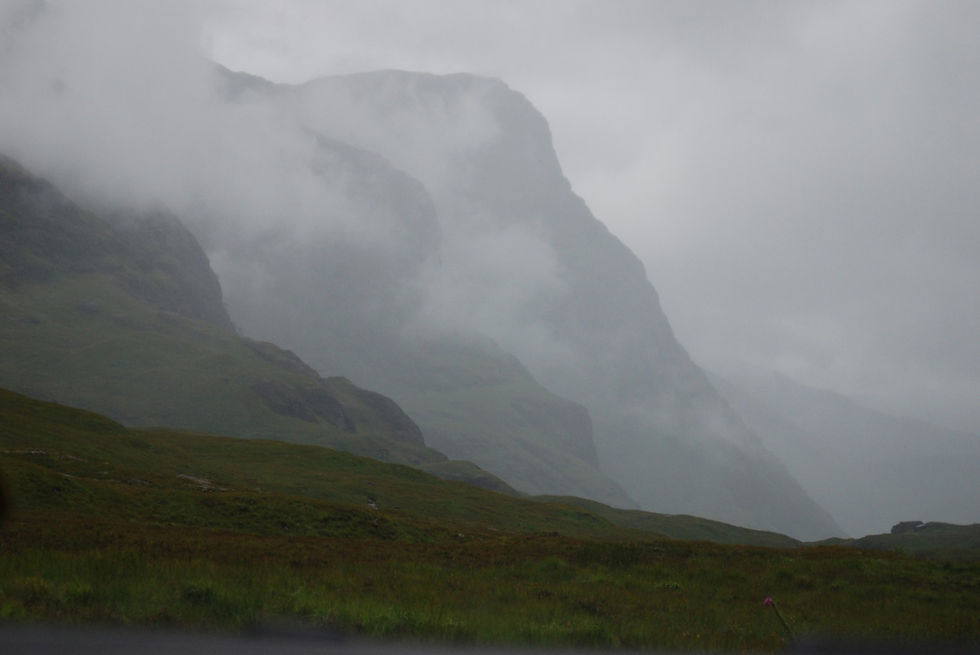
To be honest, I have a mild negativity about Scotland. I guess it stems from that holiday. It was summer and we had planned to go up the west coast, across the top and down the east coast, but the weather was so dreadful that we cut short the entire holiday halfway up the west coast. We could not see the mountains because the clouds were so low. This picture is of Glencoe and that was how it was - very atmospheric and beautiful too, but not when you are on a summer holiday. It was cold - I remember wearing sweaters and duffle coats to keep warm - the people were not friendly - almost hostile - and then there were all those sheep and cattle. Not to mention the narrow unmade roads, and the steep hills with which our mini van had a great deal of trouble. Ancestry insists on telling me I have a sizeable chunk of Scottish ancestry but I think they are confusing it with Ireland, for I have found nothing.

You can understand how the food of the poor in Scotland is based on the cheap and the unloved, with the national dish - the haggis - a mix of offal, blood, oats and cheap meat stuffed into a sheep's stomach, Not an attractive proposition is it, and yet there are fans - including Nigel Slater:
"The haggis shows the economical cook at their most inventive. The least attractive parts of an animal (I mean, have you ever actually seen sheep’s lungs?) made into something so delicious that its arrival at the table is celebrated with a fanfare of bagpipes. I can’t imagine anyone makes their own at home. ... Perhaps Scotland’s culinary jewel would get more admirers if we thought of it as a rather grand breakfast banger." Nigel Slater
And maybe he's right. Maybe it is all in the name. Black pudding - a sausage made substantially from blood, is yet another example of this thrift tied to invention.

Haggis is typically served alongside Neeps and tatties - which are simply boiled swedes or turnips, and potatoes, which are then mixed and crushed together, although I have to say that most of the pictures I saw kept them separate. And before I leave the peasant food I should mention the other famous Scottish dish - Cock-a-leekie a chicken and leek soup that is sweetened with prunes - a French touch perhaps. And much more enticing.
For there are good things in Scottish food, and maybe the best are due to the bounty of the sea that surrounds the country. I'm sure overfishing has played its part, but nevertheless fishy specialities are wonderful - kippers - the best of which are the Arbroath smokies, the wild salmon - which we did get to taste on that long ago trip, in a hotel on the banks of Loch Lomond where the sun finally emerged on our way home. Then there is the smoked haddock - Finnan haddie - from which you get the famous soup Cullen skink. Scallops, mussels - all the bounty of cold seas.
You can get your sweet hit in places other than a battered Mars bar. For breakfast there is Dundee marmalade; when you need a snack there is a kind of fudge, although it's a bit firmer, called tablet, for afternoon tea there is shortbread and for dessert the cranachan which I lumped in with the oats and barley. A kind of Scottish Eton mess or trifle.
So there's possibly more to enjoy than you might think from a country which is so beset by bad weather, poverty, grit, determination and pride. There's a great deal of inventive power in Scotland, not just in food. Its universities and industries are famous, and it has produced many great scientists, industrialists, philosophers, writers (and golf) - well people from every corner of human endeavour really. So it should be no surprise that its people have also managed to produce delicious food from scarce resources. Well if Nigel likes haggis, maybe we could too?
"Food from Scotland, like that from Italy, should not be over-complicated. It is best enjoyed pure and unadorned." Tom Kerridge
Which is how you should drink the glory of Scotland - whisky, I believe. Although I confess that's another thing I don't like. I remember the yellow water and I just can't get past the smell.






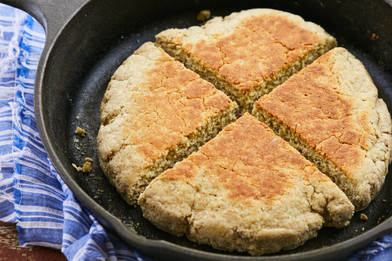


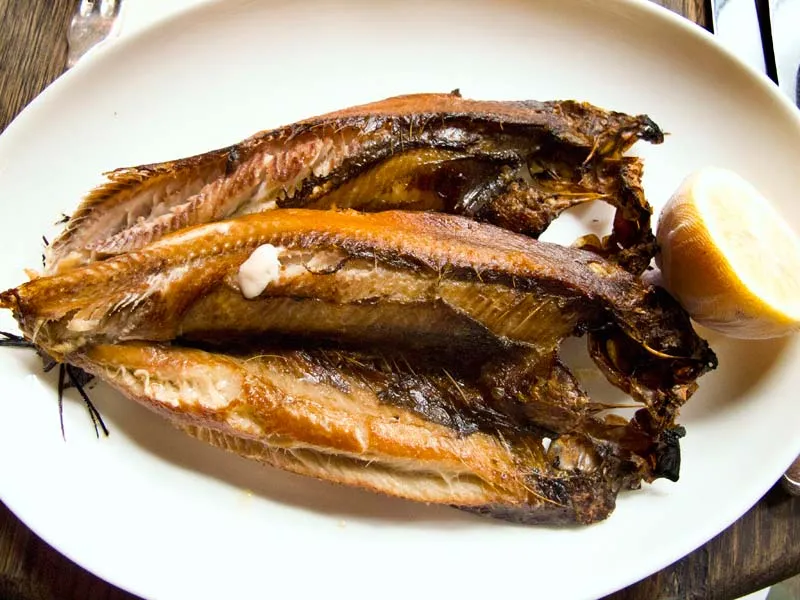
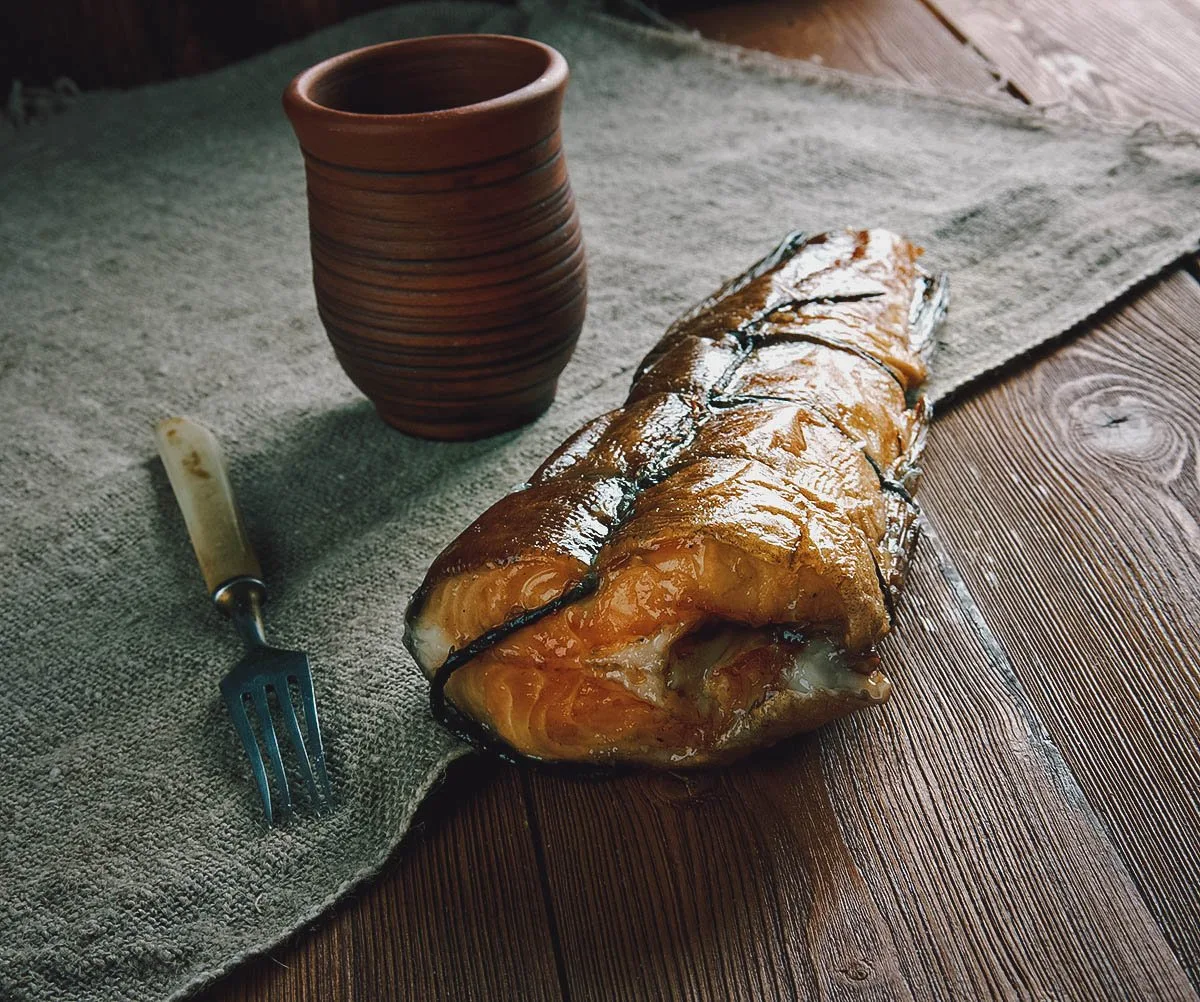
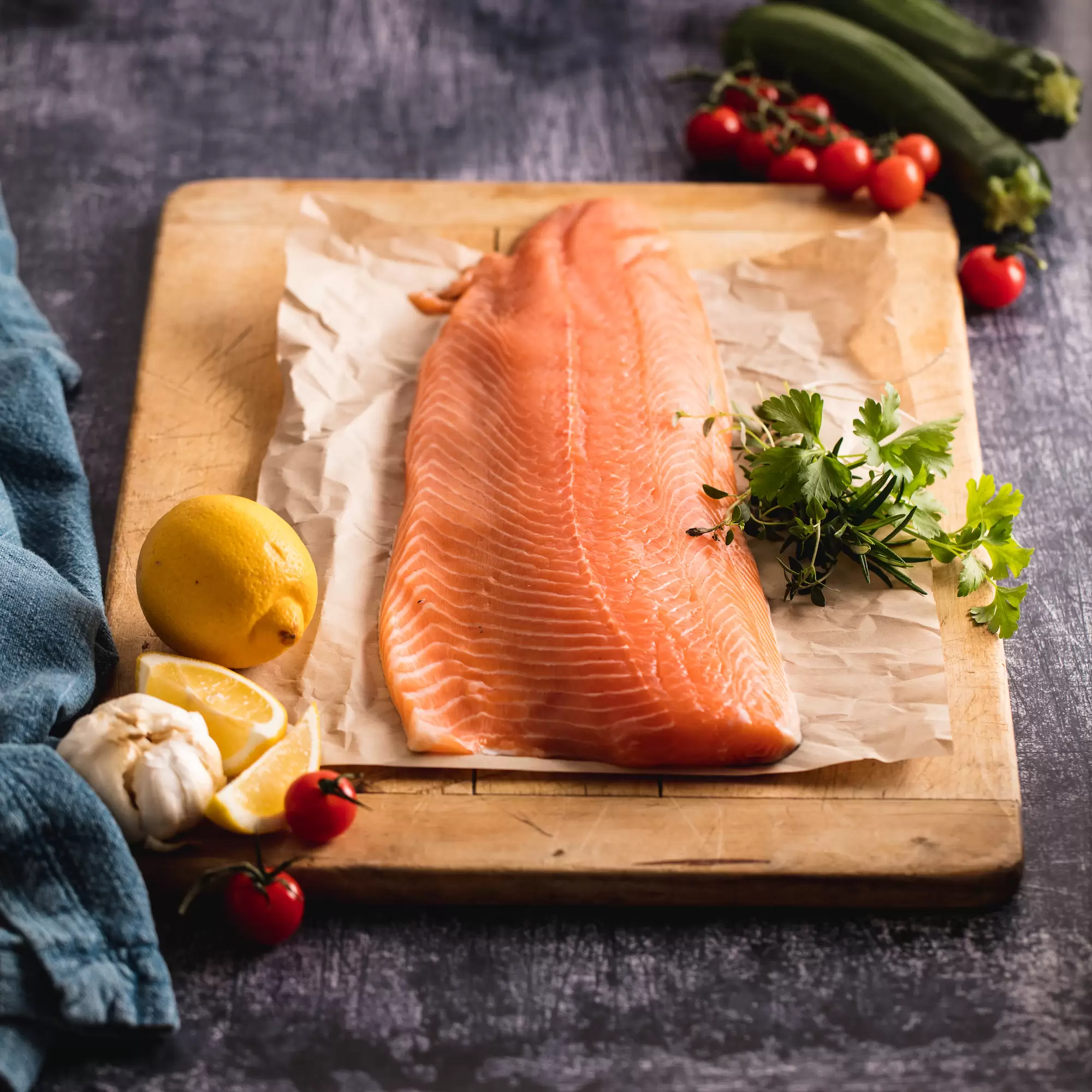




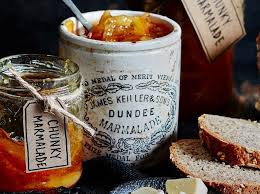









Comments